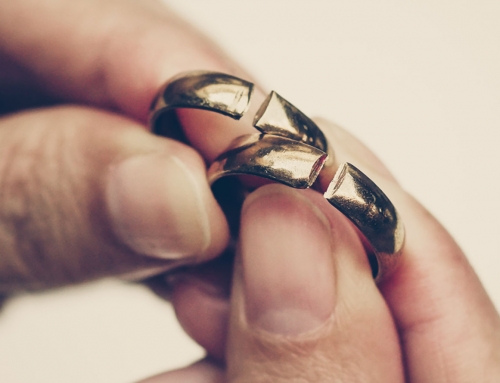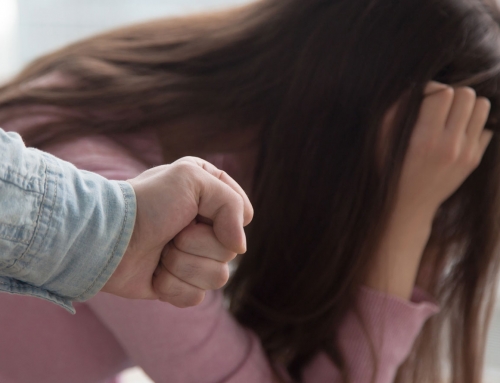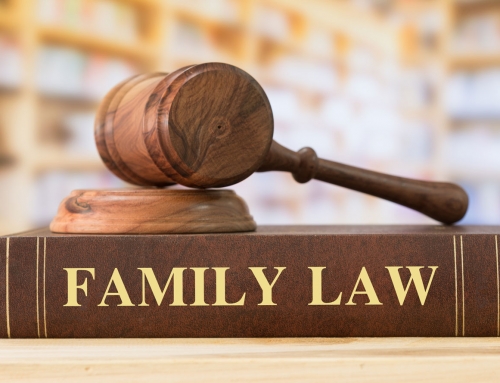That’s the advice many people receive from family, friends, and co-workers when they want someone out of their lives. The purpose of an Order of Protection is to protect someone who has a legitimate fear for their safety and a legal basis to support their request. The person who requests an Order of Protection is the “Plaintiff” and the person who has an Order of Protection issued against them is the “Defendant”. We all know an Order of Protection is just a piece of paper, but there can be long-lasting and devastating effects as a result of an Order of Protection. This article is intended to inform you about the pros and cons of an Order of Protection and what you can do if you need one or if you are served with one.
The Pros:
- Removes the Defendant from the home and sometimes limits how close (oftentimes measured in feet) he/she can come near the Plaintiff.
- Can limit or eliminate any contact between the Plaintiff and the Defendant by phone, e-mail, in person, in writing or through a third party.
- Allows the Defendant one time to return to the home for 15 minutes with a police officer standing by to get personal belongings only.
- Gives the Plaintiff exclusive use of the home until further order of the Court.
- Promotes peace and tranquility in the home, at work and other places the Plaintiff regularly goes.
- Diffuses a hostile environment by physically separating the parties.
The Cons:
- The Defendant can be served with an Order of Protection and is then required to leave (or not return to) their home unless and until a judge changes the order. He/she must then find another place to stay.
- Some employers require that an Order of Protection be disclosed to them.
- Gives the Plaintiff exclusive use of the house.
- Gives the Plaintiff physical custody of the children.
- Has been misused as a way to get someone out of the house immediately when the relationship is over or coming to an end.
- Has been misused as a weapon in volatile relationships as a threat if one party doesn’t go along with what the other party wants.
- Sets the stage for a claim of domestic violence which may have serious consequences in future decisions about child custody and parenting.
- Even though it is a formal Order of the court, it’s just a piece of paper that cannot protect the Plaintiff if the Defendant is intent on harming them.
How to get an order of protection
The Plaintiff must first go to the court (usually in the city or county in which they live) and fill out a Petition (or request) in writing that states specifically what the domestic violence is or has been including dates. They must sign a verification that they are telling the truth. They will then go before a judge who will ask them questions about their situation. They must tell the court what they want. If the judge feels that there is adequate evidence to believe that domestic violence has occurred (within the last year) or is likely to occur, the judge will then issue the Order of Protection. The Plaintiff walks out of court that day with the Order in hand.
An Order of Protection is not enforceable until it’s served on the Defendant. Once served, the Defendant must abide by its terms unless and until the court changes or dismisses it. It is not uncommon for a Plaintiff to get an Order of Protection, hold on to it, wait for the next argument, call the police and then ask them to serve the Order on the Defendant.
Orders of Protection are not mutual; that means that if you are the Defendant, the Plaintiff can still contact you, but you cannot contact or talk to them. Oftentimes, the Plaintiff will try to start a conversation or meeting, the Defendant will want to make up or otherwise talk to the Plaintiff. The situation deteriorates into another argument and the police are called. The police must enforce the Order so that means you face going to jail for violation of the Order of Protection. “But she called me first” is the most common explanation I hear for why a Defendant would talk or meet with the Plaintiff. The police don’t care. As the Defendant, you are the one on the hook if you are baited into having contact with the Plaintiff while a Order of Protection is effective.
What Can I do if I am served with an order of protection?
If you are served with an Order of Protection – OBEY IT!! If you do not agree with it or if it includes your children, you have the right to a hearing where your side of the story can be told. These hearings are nothing to take lightly as they can determine whether or not you get to live in your own home, physical custody of your children, and where you can and cannot go. You must present evidence, call witnesses and have organized exhibits. You have the right to hire an attorney to defend you but the other side has that very same right. I have represented Clients on both sides of an Order of Protection who have no idea what is expected at the hearing or how important it can be to your future. When I represent a Client, witnesses are interviewed, exhibits are gathered, evidence is uncovered and the Client is thoroughly prepared to tell the judge his/her side of the story efficiently and effectively with my guidance. It’s very rewarding to make the difference in such a delicate part of someone’s life.
STOP. THINK. GET INFORMED.








